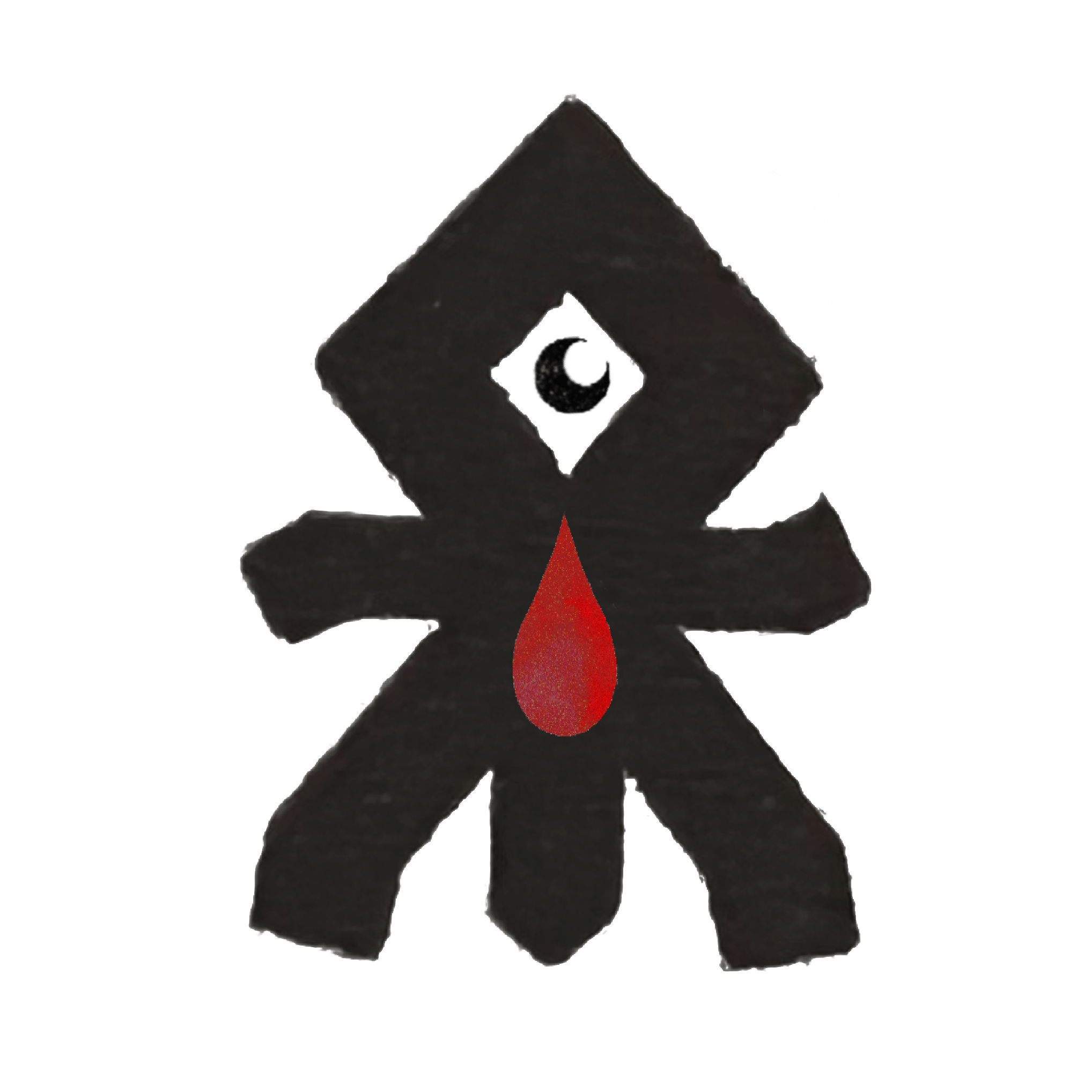We are looking for people like you to help protect vulnerable or at risk community or folk heritage sites such as wells, springs, ancient monuments, cairns, meeting places, caves and more all over Scotland to be site monitors or custodians. You can get involved in many ways such as volunteering your time to help monitor sites in your area or supporting our other activities. In exchange we can bring you together with other like minded folk, provide training, support meet up‘s, and our collective can help in the work required at the site to conserve it. We want you to be …
Author
Scott Richardson-Read
Scott Richardson-Read
Hi, Im Scott, I'm drawn to folklore, myths, stories and ways of being in the world and how they might be able to influence us today. I'm Part researcher, part folk practitioner, part academic and part advocate for the forgotten.
-
-
A Folk/Community Heritage hunters beginner’s guide on how to research community heritage As part fo the network you might want to research community heritage and this how to guide will help you make the first steps. You think you might have heard tell of one or encountered one but where do you go to ask to find out more and what can you do? The Woven Land Network Focuses On Holy Wells And Springs, Standing Stones and other Ancient Sites, Monuments And Meeting Places and if you’ve decided to look for significant sites like these in your local area then great! This short …
-
There is a strong tradition of taking the waters or drawing the water from a sacred spring or clootie wells at certain times of the year, or for traditional charms and invocations. These waters are used in 40% of the Scottish folk magic charms for which we have a written record, and so are an important and irreplaceable part of our Scottish heritage. Today some springs and wells have dried up, moved location or been intentionally sealed in some way. The principle of ‘do no harm’ can be applied to springs and wells by asking yourself a few questions before you decide …
-
Scotland is a wonderful place, with history and myth woven into a landscape of cairns, stanes, trees, rivers, hills, springs, and wells. These special places comprise our community folk heritage. We want you to enjoy the amazing access Scotland’s land rights provide to our community folk heritage, but encourage you to tread with awareness and respect for these places. Whether you are a regular visitor, a pilgrim, or a tourist, we invite you to take a few moments to connect with the land around you, learn a little about the history, and enjoy your time whilst you are here. During your visits …
-
If you wish for the blessings of a sacred site to go with you when you leave, take not only your own rubbish, but also the rubbish left by others. Dispose of it responsibly. Consider the act of taking litter away as the reciprocal exchange that you make for visiting a site. ASLan This page follows on from our site conservation guidance for visitors. It’s been written to further explain the information in these guidelines for folks who may need more information. We respectfully ask that you minimise your impact on a site when your visit. The “leave no trace” principle means leaving …
-
On international women’s day First Minister Nicola Sturgeon issued an apology for all those accused of Witchcraft in Scotland with a Scottish Witchcraft Pardon on the cards in the coming term. As someone who explores folk belief and practices this, to me adds more nuance to our understanding of the whole situation through a modern lens, well through the eyes of the legal framework. I applaud the work of the group Witches of Scotland to create a Scottish Witchcraft Pardon and all those who have backed the cause through the pandemic and kept these issues alive. However, I’m very interested …
